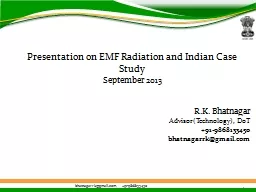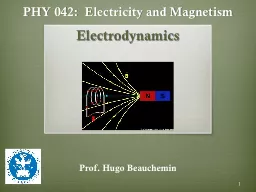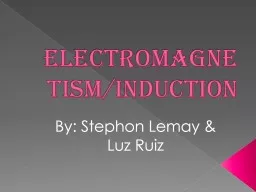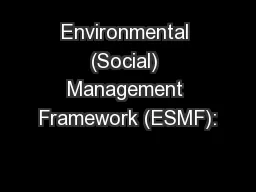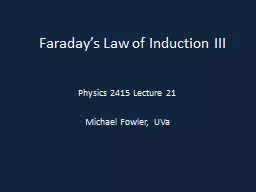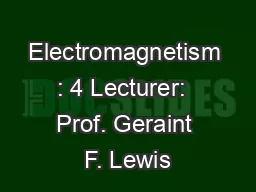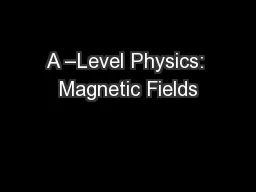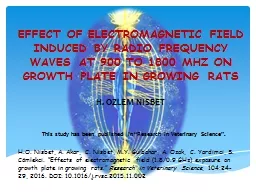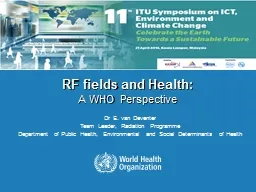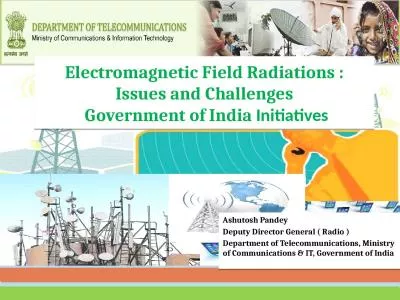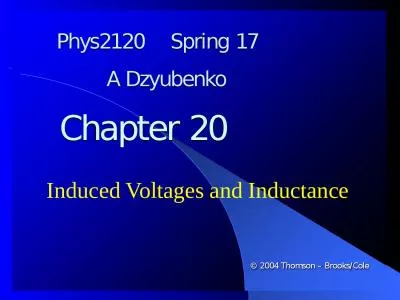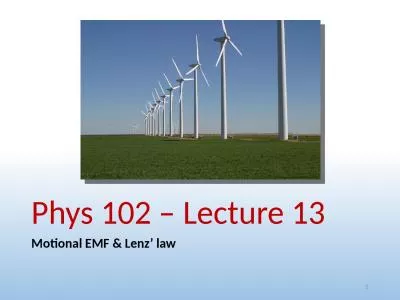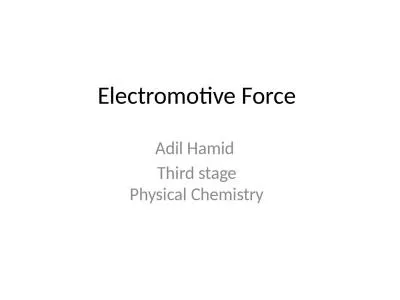PPT-1 Presentation on EMF Radiation and Indian Case Study
Author : tawny-fly | Published Date : 2015-10-02
September 2013 RK Bhatnagar AdvisorTechnology DoT 919868133450 bhatnagarrkgmailcom bhatnagarrkgmailcom 919868133450 Growing TeleDensity Unprecedented growth in
Presentation Embed Code
Download Presentation
Download Presentation The PPT/PDF document "1 Presentation on EMF Radiation and Indi..." is the property of its rightful owner. Permission is granted to download and print the materials on this website for personal, non-commercial use only, and to display it on your personal computer provided you do not modify the materials and that you retain all copyright notices contained in the materials. By downloading content from our website, you accept the terms of this agreement.
1 Presentation on EMF Radiation and Indian Case Study: Transcript
Download Rules Of Document
"1 Presentation on EMF Radiation and Indian Case Study"The content belongs to its owner. You may download and print it for personal use, without modification, and keep all copyright notices. By downloading, you agree to these terms.
Related Documents

